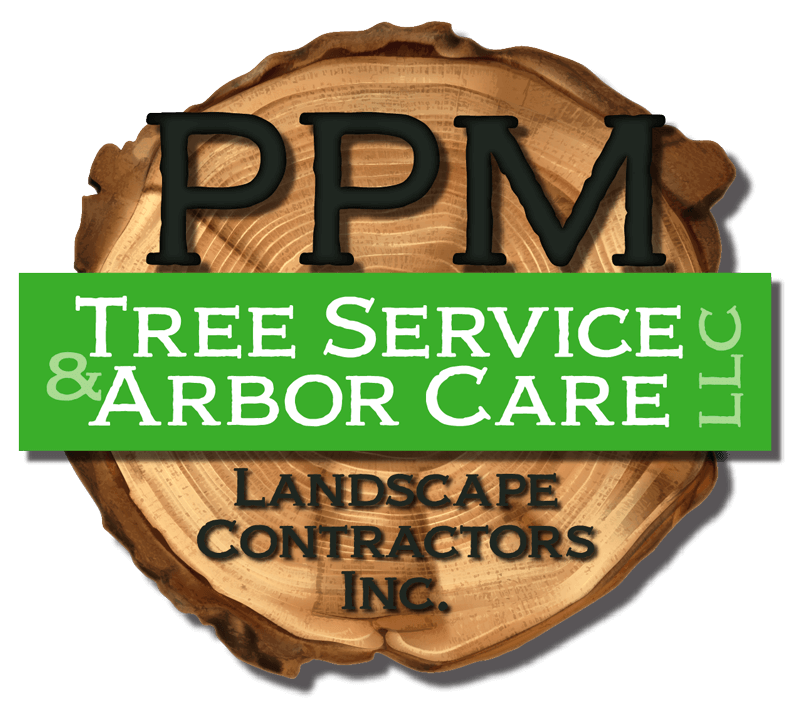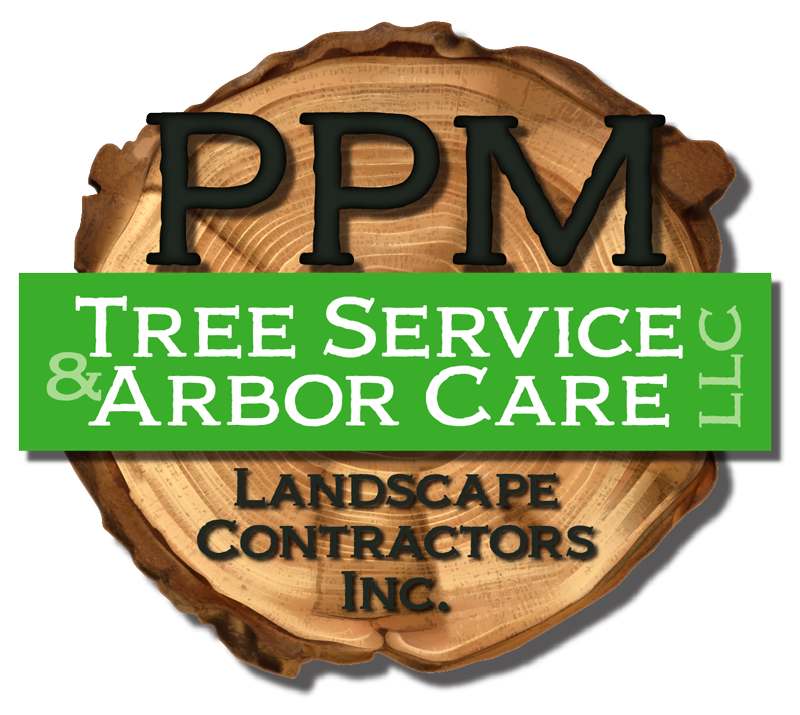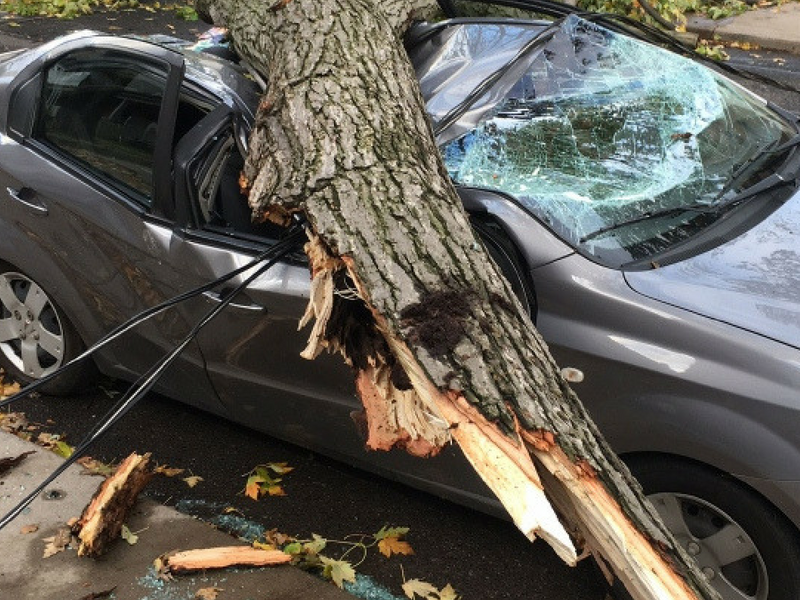6 Signs Your Tree Is About to Fall
Trees seem to have a bad habit of falling over in the worst places and times. We’ve all seen an unlucky car that’s taken the weight of a fallen branch during an overnight storm or even roofs that were collapsed by giant limbs snapping off.
With summer here it brings high winds and heavy rain, a duo for destruction and risk for trees which may not have what it takes to withstand a good storm. Sometimes we’re just unlucky, and a tree that’s fallen may have never been expected to collapse; however, most of the time you can determine which trees are at higher risks of falling and doing some severe damage.
Before you find yourself dealing with your tree’s untimely fate to crumple your car in your driveway or wake you up with water coming through an open roof, pay attention to these signs to help determine if your trees are safe or if you should take affirmative action to prevent an accident early.
1. The trunk has an open hole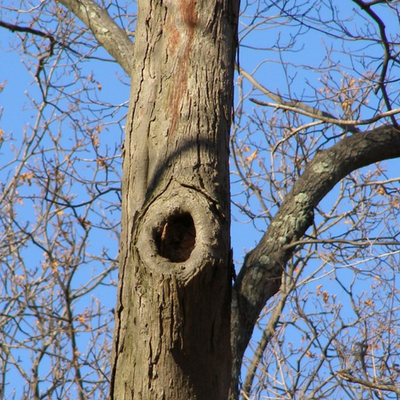
When trees naturally prune themselves and drop a branch, a cavity can develop inside the trunk itself. Decay can start inside this hole and become more and more hollow. If it gets big enough, your tree’s structure will become at risk, and a heavy wind could cause a top-heavy trunk to sway enough to snap right at the cavity.
2. Tree is missing its bark
The bark on your tree plays an integral part in maintaining the integrity of the structure. Missing bark and deep cracks in a tree are referred to as ‘cankers.’ Having cankers in your tree makes it more susceptible to breaking in that particular area.
3. It’s dropping branches and looks dead
If you have an idea that your tree may be dying you should be cautious. When they begin to die, they’ll drop their branches which is a definite sign that something’s not right. When trees lose their limbs, they’re attempting to cut off areas that they aren’t able to provide enough nutrients for. Dead branches can cause just as much damage when they fall as a whole structure falling, depending on size and height.
4. Structure is starting to lean
You should have a decent idea of how your trees are shaped in your yard. If you have a tree that’s naturally grown at an angle, then you don’t need to be too worried. If you have a tree that’s grown straight and has started to slant upwards of 15 degrees over time, then it’s cause for worry. This could be due to wind or root damage and could be barely hanging on underground and just waiting for the right wind to send it toppling.
5. The branches are growing tight together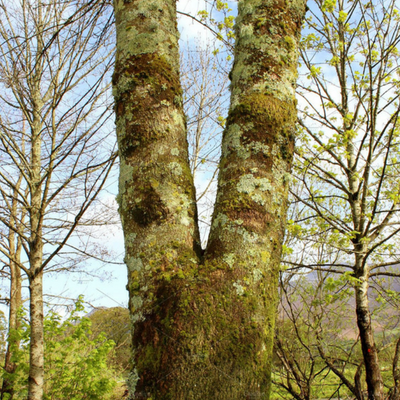
Even if your tree is healthy, the way its branches grow naturally could lead to a falling limb. Branches that grow close together and in the shape of a “V” are weaker than those that grow in the shape of a “U.” With a strong wind, those “V” shaped unions can easily snap and send a limb falling. This is where the importance of pruning each year comes to play to prevent weaker unions.
6. Leaves are dying from the center to the outside
Leaves start to die from the center of the tree and move out when the root system is diseased. When the roots are unhealthy, their nutrients cannot be appropriately sent up the trunk to the leaves that need them. The leaves in the center would react to a root issue first, so catching this early can be important in the aspect of preventing damage from it falling. Without healthy roots, you’re at risk for a fall due to the tree not having an anchor to hold itself up.
Think you’ve got a risky tree?
Contact one of our trained professionals for quality and trustworthy advice.
Request a Free Quote or Call Now at PPM Tree Service & Arbor Care LLC.
